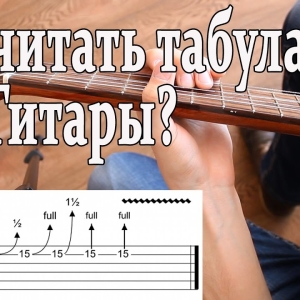Despite the uniqueness of the result of arithmetic actions with chosen numerical values, the solution algorithms may be several. This statement is true when working with fractional expressions. What are the ways of subtracting a fractional number from the whole - read in this article.
Transition to a mixed number
The essence of this method consists in the representation of an integer - reduced - in a mixed form. What does it mean? The term "mixed number" implies the number in which there is both a whole and fractional part. For example, 4 (2/3). The number located at the top of the fraction is referred to as a numerator. At the bottom of the fraci is a denominator.
1 External algorithm
- Transform a reduced mixed number:
- Consider in the whole part of a reduced unit.
- Represent this unit in the form of a fractional expression, in which the numerator and the denominator will be the same as the denominator of the fraud-submitted.
- Perform subtracting according to the rules of working with mixed numbers. T. K. In this case, the denominators of fractional parts of mixed numbers are equal, no additional transformations do not need. Separate work is happening with the integer and fractional parts of your expression (reduced and subtracted) - the whole part is deducted from the fraction, the fraction is subtracted.
Visually described above algorithm illustrates example:
8 – 4/5 = (8 – 1)5/5 – 4/5 = 7(5/5) – 4/5 = 7(5/5 – 4/5) = 7(1/5).

2 Subtraction algorithm
- You represent an integer reduced in the form of two numbers, one of which is 1.
- The isolated unit is represented as a fractional expression, the numerator and the denominator of which are equal to the denominator of the fraut-submitted.
- Perform the action of subtraction between fractional expressions with the same denominators.
- Adjust to the resulting fraci remaining part of an integer.
A visual description of this algorithm illustrates example:
8 – 4/5 = 7+ 1 – 4/5 = 7 + 5/5 – 4/5 = 7 + 1/5 = 7(1/5).

Bringing to a common denominator
To make an action of subtraction from an integer part of the fractional data, it is necessary to reduce and subtractable to lead to a common denominator.
- Record the action of subtracting two expressions in the form of a single fractional expression, the denominator of which will be the denominator of the fraut-submitted.
- In the numerator, the difference will be recorded between an integer (reduced) multiplied by the denomoter of the fraction, and the fraction numerator.
- Perform the subtraction action in the numerator of the recorded expression.
- If necessary, in the resulting fractional expression, allocate the whole part.

Optionally, you can not unite two expressions in one. In this case, it is necessary:
- Present an integer in the form of a fraction, the numerator of which is a given number, and the denominator is equal to 1.
- Next, multiply the numerator and denominator of the resulting fraction on the denominator of the fraut-submitted.
- Perform subtracting for two fractional expressions with the same denominator - rewrite the common denominator, and perform subtraction in the numener.

Transition to decimal fractions
This method makes sense to apply when the subtracted fractional expression is a decimal non-periodic fraction.
- Translate an ordinary fractional expression into a decimal format - divide the numerator to the denominator.
- Perform the subtraction between the numbers taking into account the discharges.
For example, 8 - 4/5 \u003d 8 - 0.8 \u003d 7.2.






























